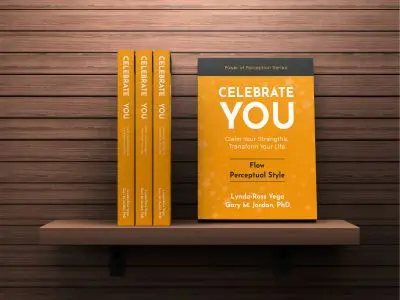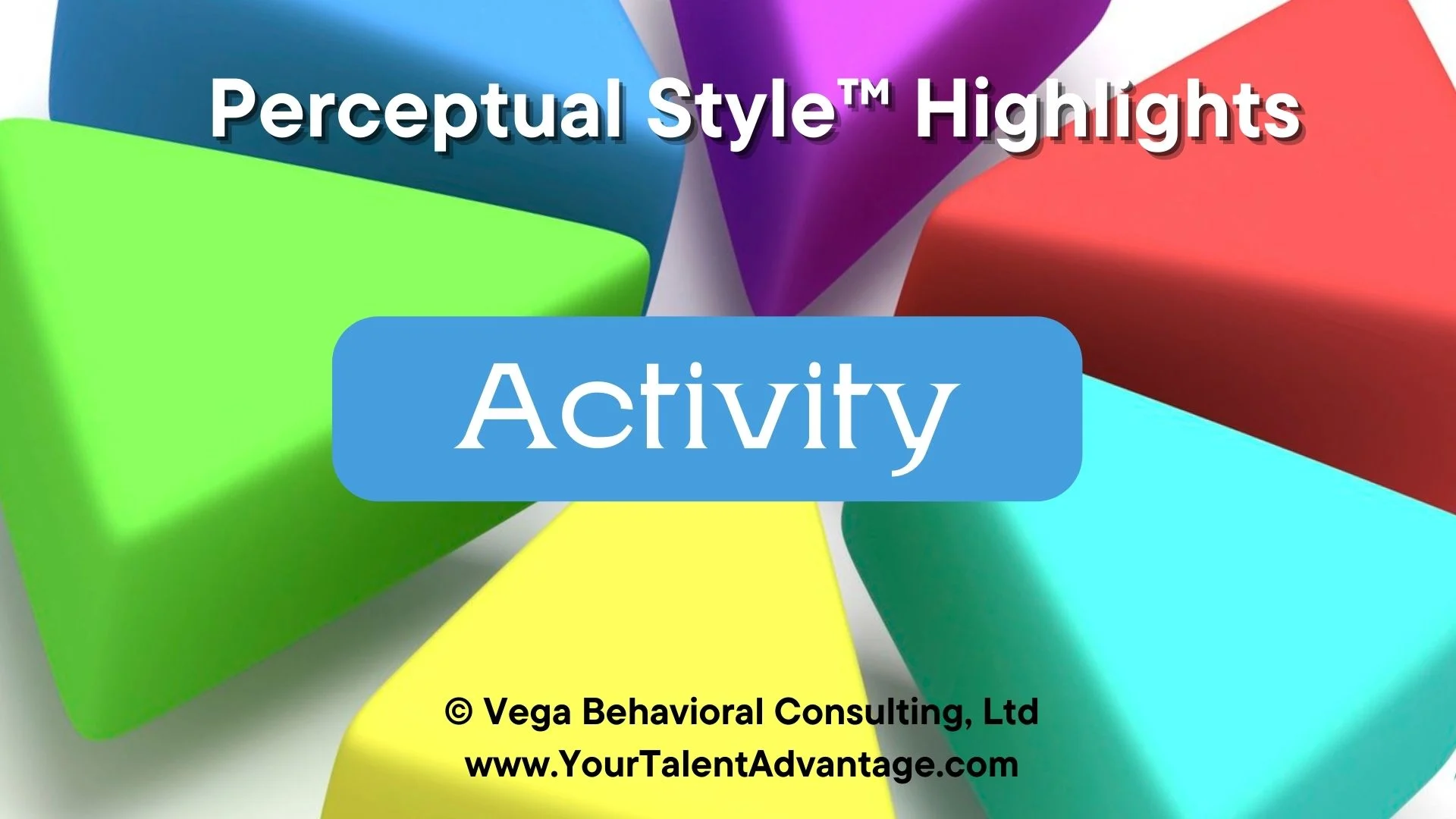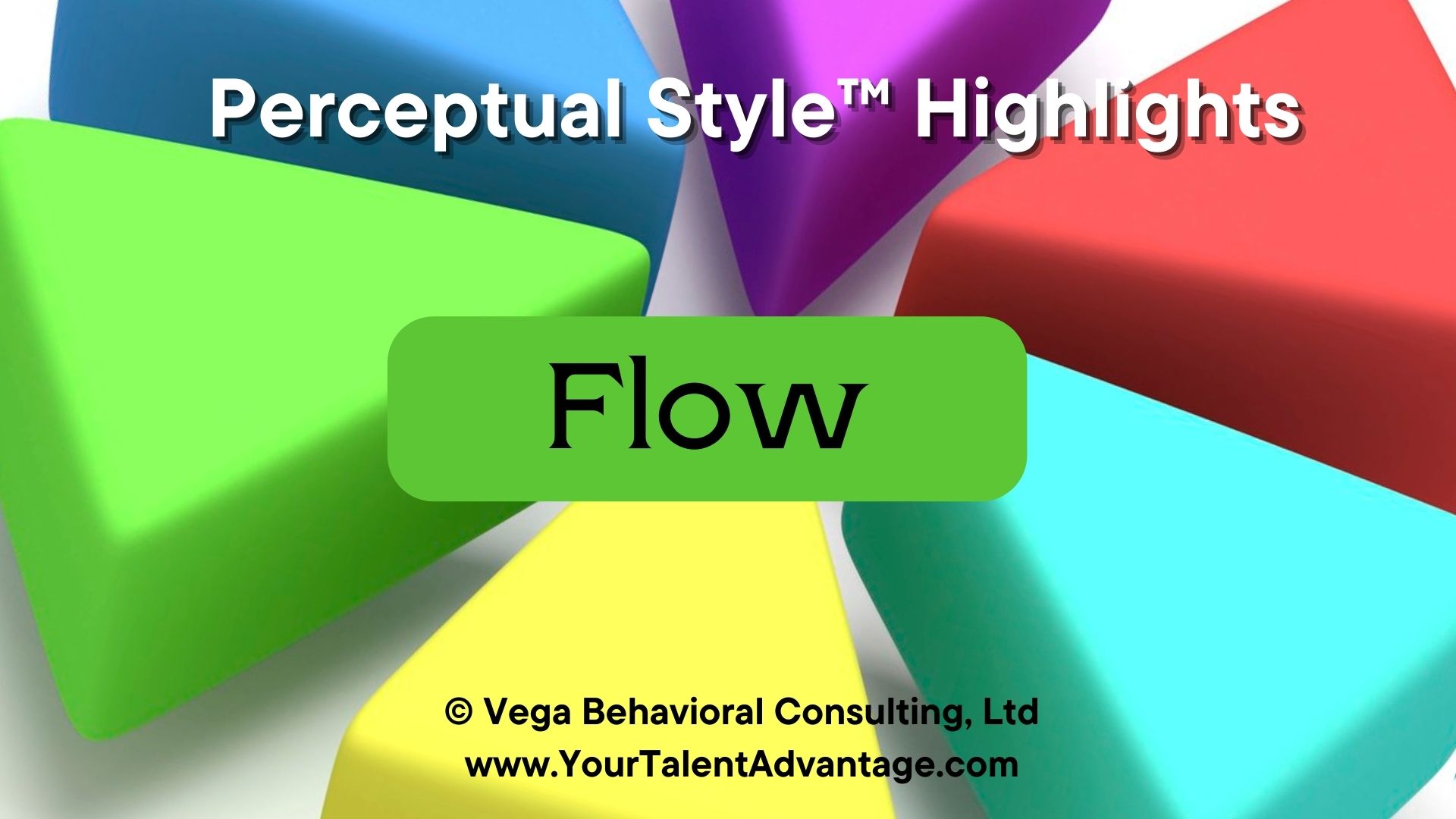
Flow Perceptual Style™ and Conflict
Restoring Harmony Amid Conflict
Conflict is part of life — and how you respond makes all the difference. Disagreements happen — at work, at home, with loved ones, and in day-to-day interactions. Some are loud and immediate, others linger quietly beneath the surface. No matter the form, every conflict holds a choice: to resist, withdraw, or lean in with empathy and care.
That’s where your Perceptual Stylecomes in. It shapes how you sense tension, what emotions you pick up on, and how you instinctively respond. If your style is Flow,you bring a steady, connection-driven approach. You don’t shy away from emotions — you tune into them, seeking to ease discomfort, rebuild trust, and bring people back into balance.

Why Understanding Conflict Matters
Conflict isn’t just about opposing views — it’s about how we relate to one another when emotions run high and differences surface. When approached with empathy and intention, conflict can:
-
Strengthen trust by creating space for honest, heartfelt dialogue.
-
Repair relationships by addressing misunderstandings with compassion.
-
Ease tension by recognizing unspoken needs and emotional undercurrents.
-
Foster lasting connection by meeting others where they are and creating space for healing.
Poorly managed conflict can create distance and leave wounds unhealed. But when you understand your Flow Perceptual Style,you gain the insight to approach conflict with emotional clarity — restoring balance and building stronger, more resilient relationships.
How Flow People Experience Conflict
With the Flow Perceptual Style,conflict feels like a disruption to connection — a ripple that throws off emotional balance. You care about being right, just like anyone else, but when holding your ground threatens the relationship, you’ll choose harmony instead. You’re not focused on assigning blame — what matters more is restoring trust, regaining emotional footing, and moving forward.
You thrive when you can:
-
Quickly find common ground that brings people back into emotional alignment.
-
Encourage empathy and understanding by helping others see different perspectives.
-
Ease tension with warmth, calm presence, and a focus on shared humanity.
-
Choose resolutions that support emotional harmony, even if it means letting go of the perfect outcome.
But here’s the thing: when conflict becomes confrontational, emotionally charged, or stuck in blame, it drains you. You need emotional safety, room to listen and be heard, and the freedom to focus on healing — not hostility.


Why Understanding Your Perceptual Style Matters
Your approach to conflict is a strength — emotionally aware, connection-driven, and focused on restoring balance. But without awareness of how your style shows up under pressure, you may sidestep hard conversations, take on others’ emotions, or compromise too much to keep the peace.
When you understand your Flow Perceptual Style,you can:
-
Navigate conflict with calm, compassion, and emotional clarity.
-
Stay present in tension without losing yourself in others’ needs.
-
Repair emotional rifts while staying true to your values and perspective.
-
Build trust and harmony by responding in ways that foster mutual care.
Awareness gives you the ability to stay grounded in who you are — and to turn conflict into a moment of connection, healing, and lasting understanding.
Take Action: Discover Your Perceptual Style
Stop viewing conflict as a source of stress — and start using it as a path to healing, understanding, and emotional connection. The Perceptual Style Assessment™reveals how you naturally respond in moments of tension — and gives you practical strategies to navigate conflict with empathy, balance, and quiet confidence.
When you complete the assessment, you’ll receive:
-
A 45-page action guide titled Celebrate You!tailored spefifically to the Flow Perceptual Style.
-
Insights into your conflict-resolution strengths and how to apply them with care and clarity.
-
Tools to handle difficult conversations with emotional presence and forward momentum.
Don’t wait — unlock your power to transform conflict into connection!

Explore the Six Perceptual Styles and Conflict
Curious about how different Perceptual Stylesapproach conflict? Explore below for insights into each unique style:
Understanding your style is just the beginning. Recognizing how others experience conflict empowers you to turn tension into trust, disagreement into dialogue, and challenges into lasting solutions.
Frequently Asked Questions about the Flow Perceptual Style and Conflict
What does it mean to have the Flow Perceptual Style?
You experience life as interwoven and relational. You notice how the past gives shape to the present — and how honoring that lineage steadies what comes next. You translate inherited meaning and shared values into today’s choices to help yourself and those around you feel grounded, seen, and safe as things evolve.
What are some of the natural strengths of Flow?
You create belonging and protect what holds people together. You listen with patience, sense the emotional weather, and uphold shared values when they’re tested. Your empathy is steady (not showy): you offer calm presence, careful timing, and gentle boundary-keeping that preserves dignity—for individuals and the whole community.
How does the Flow style show up in Conflict?
You lower the temperature. You look for shared values, reframe polarizing points, and guide people back to connection without shaming anyone.
What are a few common blind spots—and how can I manage them?
You may sidestep needed tension to keep peace. Try naming the concern gently (“Here’s what I’m noticing…”) and propose a small, safe next step. You may over-give. Set soft boundaries (“I can do X this week; Y will need to wait”) to protect your energy and consistency.
How can understanding my Flow strengths help me thrive?
Awareness lets you lead with steadiness and heart. You can choose environments that value relationship and continuity, use your gift for cohesion to guide teams through change, and set humane boundaries that keep your support sustainable. Your quiet reliability is often the glue that makes bold outcomes possible.
Can my Perceptual Style change over time?
No — your Perceptual Style is innate. What evolves is how you apply it. With awareness and intention, your natural strengths become more flexible, confident, and influential.
 Lynda-Ross Vega has been fascinated by what makes people tick since she was a child. Her curiosity about human diversity and how to bring out the best in each person led her to a multifaceted career in the financial, technology, and behavioral consulting sectors. She has played roles that include top executive, entrepreneur, business owner, consultant, coach, daughter, sister, wife, stepmother, and grandmother.
Lynda-Ross Vega has been fascinated by what makes people tick since she was a child. Her curiosity about human diversity and how to bring out the best in each person led her to a multifaceted career in the financial, technology, and behavioral consulting sectors. She has played roles that include top executive, entrepreneur, business owner, consultant, coach, daughter, sister, wife, stepmother, and grandmother. Gary Jordan, Ph.D., has over 40 years of experience in clinical psychology, behavior assessment, individual development, and coaching. He earned his doctorate in clinical psychology from the California School of Professional Psychology—Berkeley in 1980.
Gary Jordan, Ph.D., has over 40 years of experience in clinical psychology, behavior assessment, individual development, and coaching. He earned his doctorate in clinical psychology from the California School of Professional Psychology—Berkeley in 1980.




